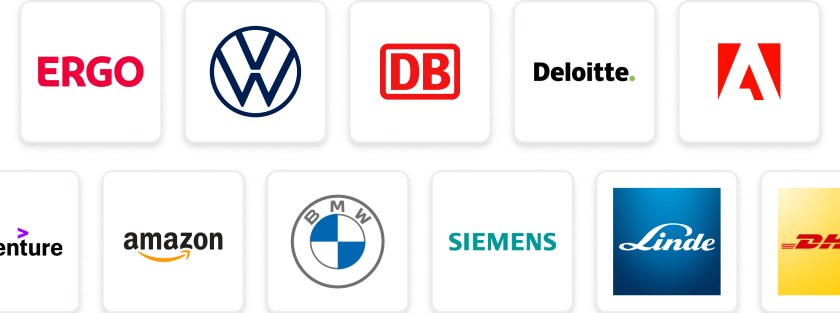At a Glance
- Tasks: Lead system safety assessments for aircraft modifications and manage safety activities.
- Company: Join a leading defence prime known for innovation in aerospace safety.
- Benefits: Contract role with potential for remote work and competitive pay.
- Why this job: Be part of a dynamic team making a real impact in aviation safety.
- Qualifications: 5 years in engineering, 3 years in safety engineering, SC clearance required.
- Other info: Initial 12-month contract with opportunities for professional growth.
The predicted salary is between 48000 - 72000 £ per year.
An exciting opportunity has arisen with our client, a leading defence prime, who are now looking to recruit a systems safety engineer to work out of their Broughton site. The role is offered on a contract basis for an initial period of 12 months. SC clearance is required.
About the role:
We are looking for an experienced System Safety Engineer to join the client's Airborne safety team. You will be required to lead the system safety assessment for a number of aircraft modifications under the direction of the System Safety Lead Engineer.
- Track record in producing safety assessments/cases acceptable to the customer and/or regulator
- Experience of safety-related projects, preferably in the aerospace/aviation industry
- Wide appreciation of safety standards and design/implementation techniques for safety
- Engineering lifecycle
- Commercial awareness
Skills and Experience:
- 5 years experience in an engineering discipline
- 3 years experience in safety engineering
- Experience of working to, and delivering the associated safety artefacts of, FAR/CS 23/25.1309, Def Stan 00-056, IEC61508 or similar system safety standards
Desirable:
- Experience in the equipment qualification process in the airborne domain i.e. working with DO-160 or similar
- Systems hardware experience working with industry standards and/or guidance material i.e. ARP 4754 and/or 4761, DO-254 or similar
- Systems software experience working with industry standards and/or guidance material i.e. Def Stan 00-055, DO-178 or similar
- Aircraft Certification process experience
Responsibilities:
- Risk Identification and implementation of various analysis techniques
- Preparation and maintenance of hazard and/or accident logs
- Preparation and maintenance of System Hazard Analysis Reports
- Developing artefacts to support the safety assessments
- Provision of safety input to project and design reviews
- Management of safety activities undertaken by other organisations and acceptance of the safety deliverables
- Provision of support to bid and proposal activities, including generation of estimates for safety aspects of the programme
Please send your CV in the first instance.
Systems Safety Engineer employer: Synergize Consulting
Contact Detail:
Synergize Consulting Recruiting Team
StudySmarter Expert Advice 🤫
We think this is how you could land Systems Safety Engineer
✨Tip Number 1
Network with professionals in the aerospace and defence sectors. Attend industry conferences or seminars where you can meet people who work in safety engineering roles. This can help you gain insights into the company culture and potentially get a referral.
✨Tip Number 2
Familiarise yourself with the specific safety standards mentioned in the job description, such as FAR/CS 23/25.1309 and Def Stan 00-056. Being able to discuss these standards confidently during an interview will demonstrate your expertise and commitment to the role.
✨Tip Number 3
Prepare to discuss your previous experience with safety assessments and how you've successfully managed safety-related projects. Use specific examples that highlight your problem-solving skills and ability to work under pressure, as these are crucial for the Systems Safety Engineer role.
✨Tip Number 4
Research the company’s recent projects and initiatives in the airborne safety domain. Understanding their current challenges and successes will allow you to tailor your conversation during interviews and show that you're genuinely interested in contributing to their goals.
We think you need these skills to ace Systems Safety Engineer
Some tips for your application 🫡
Tailor Your CV: Make sure your CV highlights your relevant experience in safety engineering, particularly in the aerospace or aviation industry. Emphasise your track record in producing safety assessments and any specific standards you have worked with, such as FAR/CS 23/25.1309.
Craft a Strong Cover Letter: In your cover letter, explain why you are interested in the Systems Safety Engineer position and how your skills align with the responsibilities outlined in the job description. Mention your experience with safety-related projects and your understanding of safety standards.
Highlight Relevant Skills: Clearly list your skills that are pertinent to the role, such as risk identification, hazard analysis, and experience with safety artefacts. Make sure to include any experience with systems hardware and software standards like DO-160, ARP 4754, or DO-178.
Proofread Your Application: Before submitting your application, carefully proofread your CV and cover letter for any spelling or grammatical errors. A polished application reflects your attention to detail, which is crucial in safety engineering.
How to prepare for a job interview at Synergize Consulting
✨Know Your Safety Standards
Familiarise yourself with the key safety standards relevant to the role, such as FAR/CS 23/25.1309 and Def Stan 00-056. Be prepared to discuss how you've applied these standards in your previous projects.
✨Showcase Your Experience
Highlight your experience in safety engineering, particularly in the aerospace sector. Prepare specific examples of safety assessments or cases you've produced that were accepted by customers or regulators.
✨Understand the Engineering Lifecycle
Demonstrate your understanding of the engineering lifecycle and how safety integrates into each phase. Be ready to discuss how you've managed safety activities and collaborated with other teams.
✨Prepare for Technical Questions
Expect technical questions related to risk identification and analysis techniques. Brush up on your knowledge of hazard logs and System Hazard Analysis Reports, and be ready to explain your approach to these tasks.
